Fast Facts
- When: September 2024 to June 2025
- Where: Various, Finals Host TBD
- Watch: Channel 4, S4C & Viaplay Sports
- Official Website: UEFA Nations League
The UEFA Nations League is a European international football competition first held in 2018. It was created to provide a more competitive structure to international friendlies and also to provide a secondary route to the European Championship Finals outside of the existing qualification process.
Teams are seeded into leagues and placed into groups, playing only teams seeded at the same level. There is promotion and relegation from these groups, with group winners gaining an entry to the play-off stage of the European Championship qualifiers.
The four top groups are known as League A and it is the winners of these groups that progress to the UEFA Nations League Finals which in 2025 will be held in June. We’ll have the latest betting offers and information and tips for these matches shown below.
Existing Customer Free Bets & Money Back Offers
Note: Offers will appear here nearer the event as and when they become available.
Event Stats
Nations League Finals – 2019 to 2023
| Season | Winner | Runner-Up | Third | Fourth |
|---|---|---|---|---|
| 2022/23 | Spain | Croatia | Italy | Netherlands |
| 2020/21 | France | Spain | Italy | Belgium |
| 2018/19 | Portugal | Netherlands | England | Switzerland |
Schedule
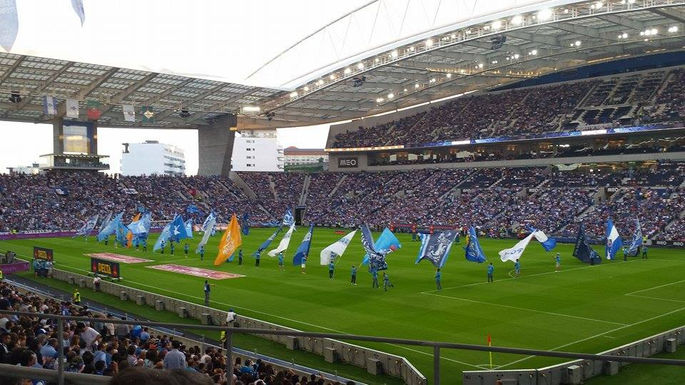
- Group Games – September to November 2024
- Playoffs – March 2025
- League A Quarter-Finals – March 2025
- Finals – June 2025
About The Nations League
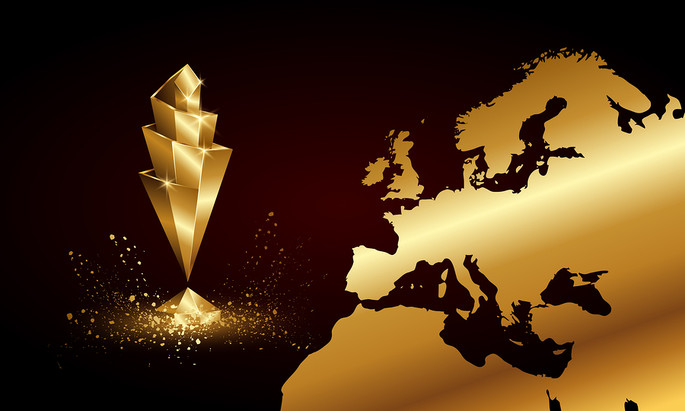
Usually when new football tournaments are launched they’re reasonably easy to understand. The likes of the Champions League might have introduced group stages and so on when it was rebranded from the European Cup, but generally everyone understood that it was a knockout tournament in principle. When The National League was introduced, however, there was a feeling of confusion amongst the wider footballing community.
The competition is an attempt to lessen the number of pointless friendly matches that international football teams have to play each year, putting sides into leagues and allowing for promotion and relegation within those leagues. Four national will also be able to qualify for the European Championships via the Nations League and matches take place during the breaks in the FIFA International Match Calendar.
The Nations League was launched ahead of the 2018-2019 season, so it’s the youngest tournament we’ve written about on this site. Indeed, the first mention of a new international competition was let slip by Yngve Hallén of the Norwegian Football Association as recently as October 2013. He admitted that talks had been held regarding the creation of a third tournament that UEFA members could compete in, joining the World Cup and the European Championship. It takes place every other year.
The Nations League Concept
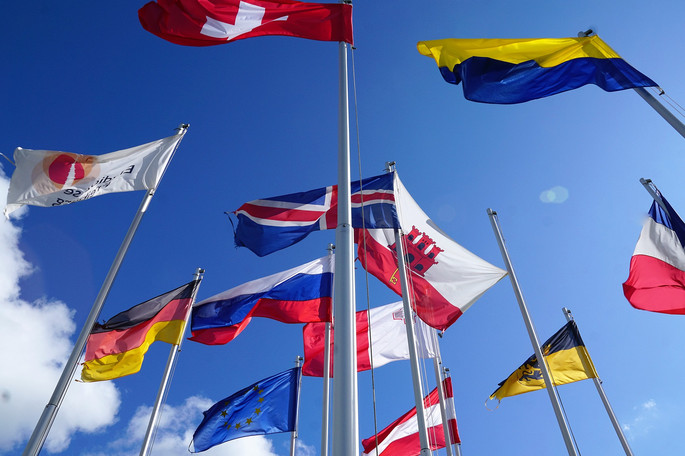
The idea behind the tournament was to see all of the fifty-five national teams that are part of UEFA divided up into groups according to their national ranking and using a formula that took recent results into account. The results of each team would see them either promoted or relegated out of their group and be replaced by a team from another group.
The crucial thing about the new tournament was that the games would be played at the time in the FIFA International Match Calendar that had previously been used for international friendly matches. That was in order to ensure that neither the FIFA World Cup nor the UEFA Euros would be affected by the new competition. There was also a belief from the General Secretary of UEFA, Gianni Infantino, that the tournament’s existence would allow smaller nations that sometimes struggle to organise friendlies with more glamorous opponents would now be able to have more meaningful fixtures.
Playing games against more glamorous opponents wasn’t the only benefit for nations that were lower down the international ranking list. The General Secretary of the Royal Belgian Football Association, Steven Martens, said that they would also benefit monetarily when the television contracts with European football’s governing body were centralised.
Whilst the history of the tournament is limited at this stage, what we can tell you definitively is that the fifty-four nations that were part of UEFA at the time of the Ordinary UEFA Congress on the twenty-seventh of March 2014 voted unanimously to adopt the UEFA Nations League proposal. Kosovo, who didn’t become a member of UEFA until September 2015, were absorbed into the competition’s structure when they joined.
The Tournament’s Structure
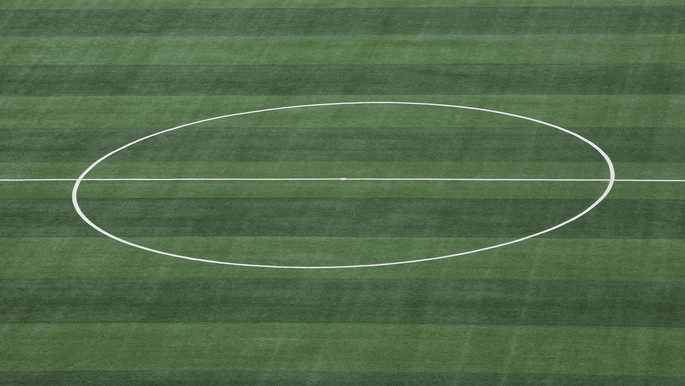
The structure of the competition is where things become slightly complicated. Here’s a quick look at how it works:
- 55 UEFA national teams are split up into four divisions, which are known as Leagues
- Each league contains four groups with three or four teams in each, depending on how many teams are in that league
- Teams in each group play each other home and away
- The winners of each of the groups in League A qualify for the semi-finals
- The semi-final losers play in a third-place, fourth-place play-off
- The semi-final winners play in a one-off final to decide upon the UEFA Nations League Champion
The teams were split up for the 2018-2019 iteration of the Nations League according to their UEFA coefficient as it stood at the end of the qualifying period for the FIFA World Cup of 2018. The teams that were ranked the highest went into League A, the lowest into Group D and so on.
Ahead of the 2018-2019 iteration of the Nations League it was decided that Leagues A and B would each have twelve teams in, whilst League C would have fifteen sides and League D would have sixteen. The winning team from each Group in every League apart from A are automatically promoted, whilst the bottom-placed team in every Group in every League including A is automatically relegated to the closest League.
In other words, each League works like this:
- League A – Groups 1, 2, 3, 4: Winners progress to semi-finals, bottom teams relegated to League B
- League B – Groups 1,2, 3, 4: Winners promoted to League A, bottom teams relegated to League C
- League C – Groups 1, 2, 3, 4: Winners promoted to League B, bottom teams relegated to League D
- League D – Groups 1, 2, 3, 4: Winners promoted to League C, bottom teams remain in League D
The Group matches for the 2018-2019 competition took place in September, October and November in 2018, which is likely to be the dates for future competitions also. The draw for the final takes place in December, with the host country selected from the four semi-finalists at that time too.
Should the Groups be tied at the end of the match days then numerous different methods can be used to separate them. Here’s a look at the criteria that will be used to separate them:
- Most points obtained in games between tied teams
- Best goal difference of teams involved
- Most goals scored in games between teams tied
- Most away goals scored between tied teams
- Best goal difference in all matches played
- Most goals scored
- Most away goals scored
- Most wins
- Most away wins
- Disciplinary points
- UEFA coefficient ranking
Similar criteria are used to decide upon the third-worst team in the Group, should more than one be tied for the position. The difference being that the results of matches against the fourth-placed team are ignored. It’s also worth noting that the order of importance of things if different, so that the highest number of points is the first thing, then the biggest goal difference, most goals scored etc.
Qualifying for the Euros
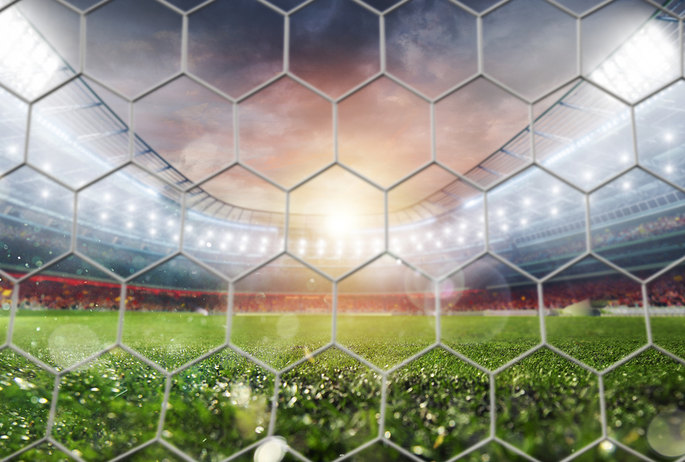
As we mentioned before it’s possible for teams to qualify for the European Championships through the Nations League, presuming that there is one coming up soon. In order to explain how this works, we’ll look at the 2018-2019 iteration of the tournament and qualification for the 2020 Euros.
Twenty of the twenty-four spots at the Euros are qualified for via the standard qualification method, leaving four spaces open for teams to qualify via the Nations League. To add to the complexity of the entire proceeding, spaces at the Euros are decided upon by another mini-competition that takes place after the Nations League is over.
The fifty-five national teams are split up into five groups of five and five groups of six, with the four teams that made it to the final of the Nations League guaranteed to be in a group of five. The teams play each other twice, home and away, with the top two teams in each of the new groups qualifying for the European Championships. That is two teams from ten groups and equals twenty teams.
The sixteen teams that make it into the qualifying play-offs for the Euros are decided upon by their performance in the Nations League, rather than via results from the qualifying phase. The teams are split into four qualifying paths that each contain four sides. One team from each of these paths will then qualify for the final spaces in the Euros.
The four finalists of the Nations League make it into the play-off path for their league in the mini competition. If a group winner doesn’t need the Nations League to qualify for the Euros because they’ve already made it into the competition via the traditional route, then the next highest-ranked team will take their place. If there aren’t enough teams in a league then it will go to the highest-ranked team overall, with the added confusion that group winners can’t face teams from a league that was higher than the one they were in.
The play-off paths feature two one-off match semi-finals and a final. The team that is ranked the highest hosts the fourth-highest and so on. The four teams that win these play-off paths then qualify for the Euros. We told you it was complicated…
The Trophy & Anthem
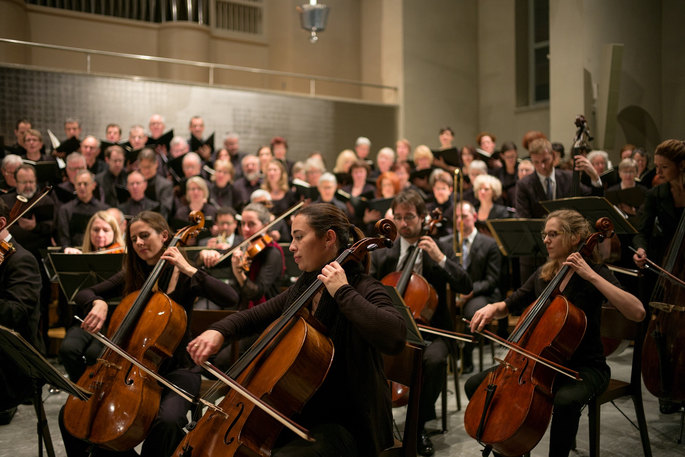
As with every major footballing competition, the Nations League has both a trophy and an anthem. The former was revealed when the phase draw was done in Lausanne, Switzerland. It is made of sterling silver, weights seven and a half kilograms and stands at seventy-one centimetres in height. It also represents each of the fifty-five nations that are part of UEFA.
When it comes to the anthem, it was recorded with the Radio Philharmonic Orchestra and Choir of the Netherlands and features singing in Latin. It is used for when players are entering the playing field and mixes classical music with electronic alternatives. Composed by Giorgio Tuinfort and Franck van der Heijden, it is also used during television sequences and when any ceremonial things need to be carried out.
Early Criticism
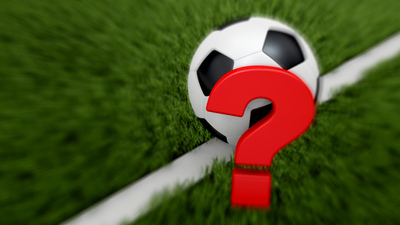
The majority of top-level football clubs have longed for international friendlies to be abandoned during the season for a long time, such is the extent to which they regularly interrupt competitive campaigns. The hope was that the Nations League would help with that, but instead it made things worse in many people’s eyes. After all, there were the same number of games being played but now they were more competitive.
It’s hardly a surprise, therefore, that the Nations League has had its critics from the moment it was suggested. There was a brief hope that it would be a good thing when the international friendly schedule was reduced from twelve matches to nine, with the August games abandoned altogether, in 2015. In 2018, for example, the Liverpool manager Jürgen Klopp described it as ‘the most senseless competition in the world of football’.
Mostly the criticism of the competition has come on account of the fact that allows weaker teams to qualify for the European Championships via something of a ‘backdoor’. Many international teams still look upon the matches as friendlies, meaning that it’s easier for a weaker team to get into the Euros via the Nations League than via the usual qualification process.
In England specifically, many have criticised the fact that Nations League matches are shown on Sky Sports. That the games are on a subscription channel rather than a free-to-air one is seen as disrespectful to England supporters.
Interesting Facts

It’s obviously tricky to give you any truly interesting facts about a tournament that has only been running for a short period of time at the time of writing. Nevertheless, here are some facts that emerged from the first two iterations of the competition:
- The Netherlands, Switzerland, Portugal and England finished top of their Groups in League A at the first time of playing in the tournament, qualifying for the finals
- The second finals were contested between Belgium, France, Italy and Spain
- The third final saw Spain defeat Croatia in the Netherlands
- Haris Seferović of Switzerland scored the most goals in the first section of the 2018-2019 tournament with 5
- The 2020-21 tournament had joint leading scorers with Romelu Lukaku and Ferran Torres netting 6 times each
- €76.25 million was to be distributed between the teams in prize money
